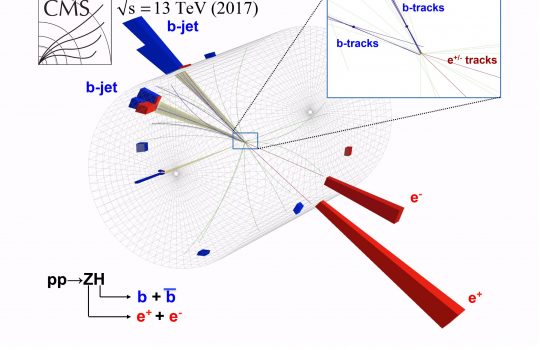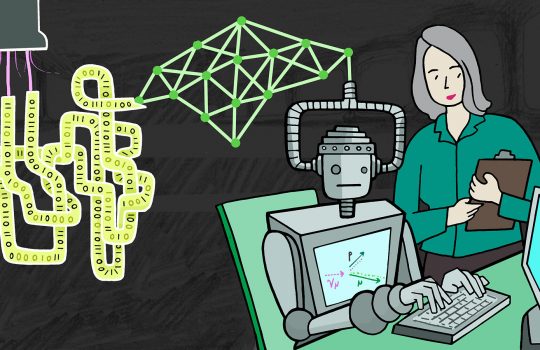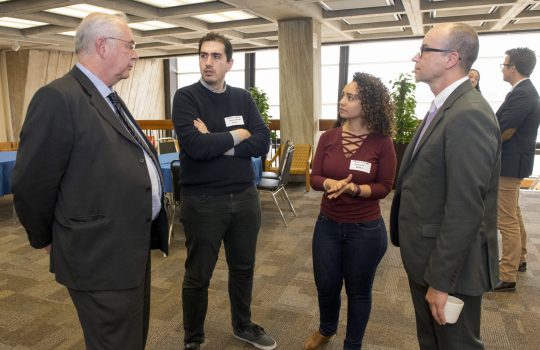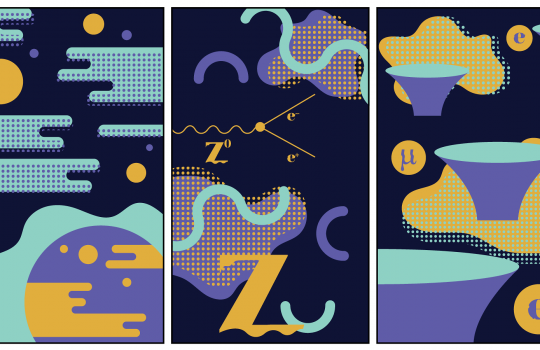What does the Higgs boson turn itself into? Large Hadron Collider confirms theory
From GeekWire, Aug. 28, 2018: It took several years for ATLAS and CMS researchers to nail down the evidence of the Higgs decay into two b quarks to a standard significance of 5-sigma. Researchers had to sift through billions of data points from two collider runs to boost their confidence sufficiently.





